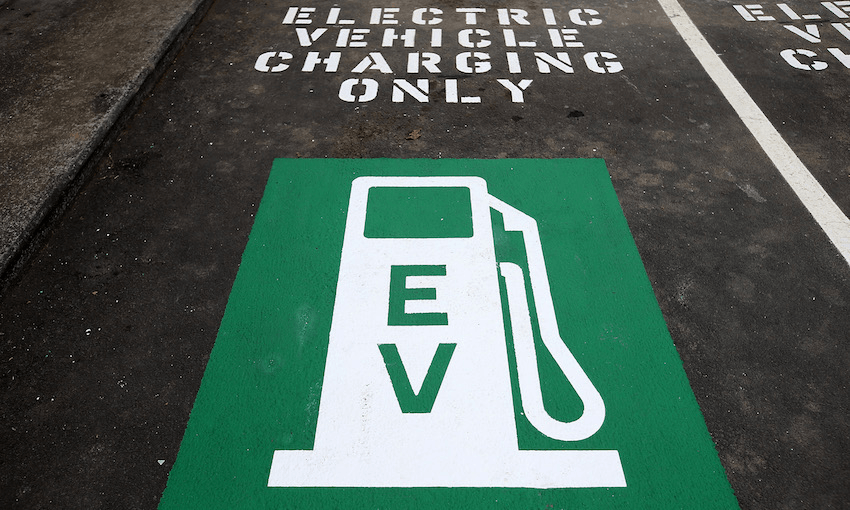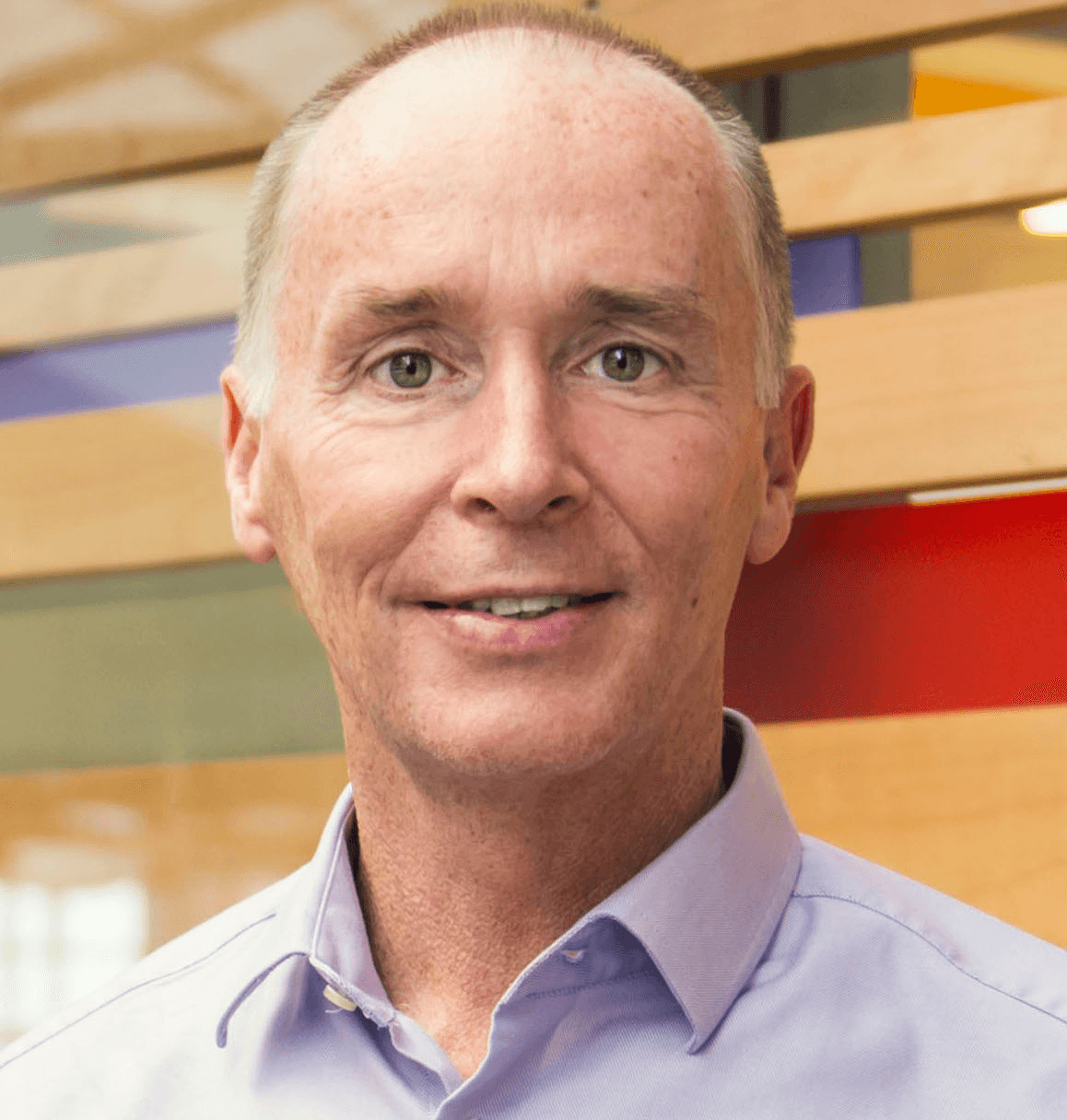At tonight’s NZI Sustainable Business Network Awards, Z energy – a fossil fuel company – is a nominee. Z CEO Mike Bennetts explains how this could possibly happen.
At Z, we believe there are three legs to the sustainability stool – social, environmental and economic. We need to do all three of these well if we want to continue to exist and be successful in 10, 20 or 50 years’ time. And Z certainly intends to be here beyond 50 years.
Z is a company that wants to do good as part of our community. But what does doing good in our neighbourhoods mean for a local company that only operates in New Zealand? One with the best of intentions, but that ultimately, at this point in time, relies on the sale of fossil fuels?
Z’s success is completely intertwined with the success of New Zealand. Economic growth is pointless without also being mindful of the concept of guardianship, or kaitiakitanga. There is literally no Z without New Zealand.
So, one of the first things we did when we came into existence was decide on what we stood for as a Kiwi company operating in New Zealand. Our purpose evolved over time to “solving what matters for a moving world”. This inherently means that we need to be a sustainable company for a sustainable New Zealand.
On the social front, our focus is on local neighbourhoods, our own site teams and their families, and empowering youth. Our Good in the Hood programme, (for which Z is nominated for social good award at the NZI Sustainable Business Network Awards) where customers vote on-site for local organisations they would like Z to support, was the first major community programme we committed too. We’ve also since created Z Foundation, a hardship grant that staff don’t have to pay back, to make people’s lives easier in their greatest time of need, and scholarships and training programmes that enable site staff or their families to obtain tertiary qualifications.
But all this will only get us so far if we don’t play our part in helping New Zealand transition to a low-carbon future. There’s not much point in helping people if there’s no planet.
The latest report from the Intergovernmental Panel on Climate Change (IPCC) is the starkest one yet on the effects of climate change and humanity’s lack of progress so far in mitigating global warming. The key takeaway? Cut carbon pollution as much as possible, as fast as possible. New Zealand’s own Productivity Commission concludes that New Zealand can make the transition into a low emissions economy, while at the same time growing incomes and wellbeing.
The Productivity Commission’s report on transitioning to a low-emissions economy calls in particular for three pretty bold things to happen: we stop burning fossil fuels and switch to renewables, especially electricity; we plant a lot of new trees; and we move away from such intensive farming.
So how are we playing our part? We have plans to reduce our operational emissions by 2020 and have started voluntarily offsetting what we haven’t been able to reduce through investment in permanent forestry – this year we invested one and a half million dollars in voluntary offsets.
But the big problem is not our operational emissions. It’s the emissions from the petrol, diesel and aviation fuels we sell to customers. These emissions make up about 9% of New Zealand’s total carbon emissions, which means a big chunk of the action the Productivity Commission calls for sits with Z.
There is no silver bullet for helping our customers move to lower carbon transport options, and it’s not something we can do alone. So, we are investing time and money in different options, and partnering with different people and in different partnership models to do this.
We’ve invested almost $30 million in building New Zealand’s first commercial scale biodiesel plant, which turns tallow, a by-product of the agricultural industry, into high quality biodiesel. We wouldn’t have had the confidence to do this without the support of our foundation customers, like Fonterra, who are seeking to reduce their own carbon footprint.
Electricity will be a large part of our clean energy future, so we invested in a majority stake in retail electricity provider Flick Electric. We have also invested in Mevo, an electric ride-sharing company indicative of the changing nature of how people get from point A to B.
We are part of a consortium of companies that includes Air New Zealand, Refining NZ (which operates New Zealand’s only oil refinery) and Crown Research Institute, Scion, seeking to develop the business case for aviation biofuel, and we are in the process of joining the New Zealand Hydrogen Association so we can be part of the conversation and action around any possibilities for hydrogen-fuelled transport in New Zealand.
We’re doing all this because we’re determined to move from being part of the carbon problem to being at the heart of the solution. This has been a challenge, and it will continue to be a challenge, but by standing for something big, we let people know we’re open for business, and we’ve been surprised by the people and organisations who’ve approached us wanting to help or partner with us in some way.
We recognise the risk of Z being seen as greenwashing when we talk about sustainability, what we’re doing and what we’re up for. But to be frank, we see this as a bigger issue than being precious about what people think or say about us. Everyone’s got to do their bit.
I’ll end by borrowing a quote from Z’s Sustainability and Community Manager, Gerri Ward, on how we will make the transition to a low emissions economy.
“It will take guts. Guts from the government, from businesses, and from all of us Kiwis – up to and well beyond a 2050 target.”
This content is made possible by NZI. The NZI Sustainable Business Network Awards are the pre-eminent and longest-standing sustainability awards in New Zealand. The awards recognise and celebrate companies and organisations that continue to revolutionise the business landscape.



